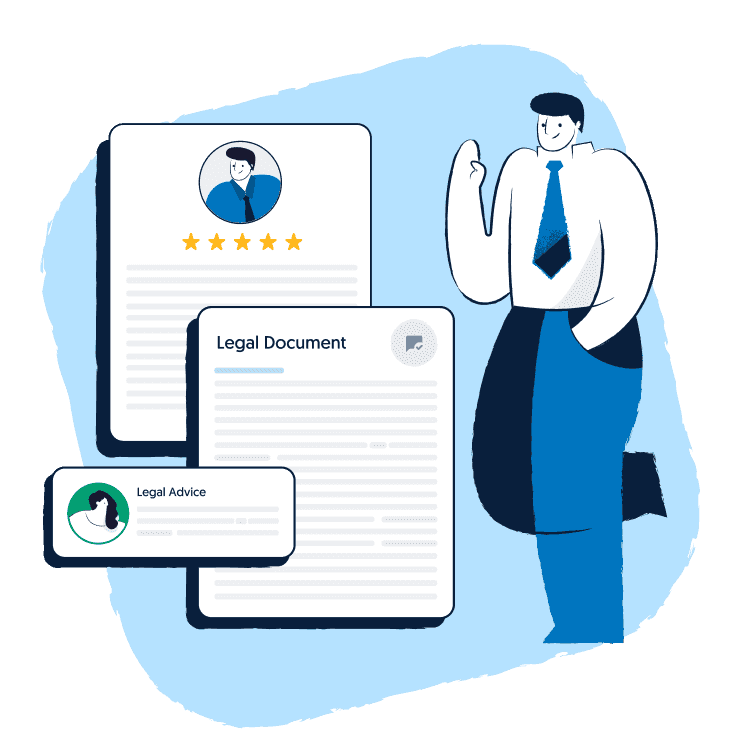Zac is a Product Manager at Lawpath, Australia’s largest and fastest growing online legal platform. Since joining Lawpath, Zac has assisted 1000s of startups and small businesses with their legal needs.
Many business owners, when starting out register their business as a Company. This is due to the lower tax rates which apply. However, Company tax rates only apply until money is withdrawn from the Company. Following this, an additional rate of tax may be applicable, dependent on the recipient’s circumstances.
Generally, when operating as a Company, Shareholders have three options as to how they can extract profits from the business; through the payment of dividends, a salary or drawings.
This article will explain the difference between salaries, dividends and drawings and the effects each will have on your business.

Get on demand legal advice for one low monthly fee.
Sign up to our Legal Advice Plan and access professional legal advice whenever you need it.
Receiving dividends from the business
Companies pay dividends from their post-tax profits. Post-tax profits are profits which the Company has already paid tax on.
Shareholders can avoid paying additional tax on dividends distributed from profits. One of these is a franking credit equal to the amount of tax paid by the Company (i.e. 30%). Shareholders can use this to reduce their tax liability as it is part of their dividend.
Shareholders need to declare dividends as income and pay tax on the grossed-up value (which includes the franking credit).
However, there are additional costs when paying a dividend which business owners may incur, including the payment of additional tax on benefits, such as the Medicare Levy or the complication of having to pay PAYG instalment tax.

Get a fixed-fee quote from Australia's largest lawyer marketplace.
Taking a salary from the business
The second option for Shareholder’s to take money out of a business is through a salary. A shareholder can pay their own salary. However, they will be subject to the same rules and rights as employees.
This will result in PAYG withholding payments as well as superannuation guarantee contributions, WorkCover insurance premiums and other potential costs. Although this sounds disadvantageous, the simplicity of receiving a recurring salary, from both a tax and budgeting perspective, is an attractive setup.
Unsure about how to include salary and additional benefits in an employment agreement? Let LawPath assist you with an employment agreement suitable for employees in any industry. Customisable and ready to use in under 5 minutes!
Receiving Drawings from the business
Drawings are a way for Shareholders to withdraw money from the business without paying PAYG withholding payments or the other costs as outlined above. Shareholders will have drawings treated as a loan from the Company under tax legislation. They require the formalisation of a loan agreement including interest payable by the Shareholder to the Company. Shareholders will still be required to pay interest back as well as tax on the cash received to the company. However, this will be over a longer period.
Shareholders’ drawings are considered unfranked dividends in instances where a loan agreement and interest charge are not in place. Shareholders will then only be liable for tax at marginal rates.
Need more information? Contact a LawPath consultant on 1800 529 728 to learn more about customising legal documents and obtaining a fixed-fee quote from Australia’s largest legal marketplace.

Get a fixed-fee quote from Australia's largest lawyer marketplace.






